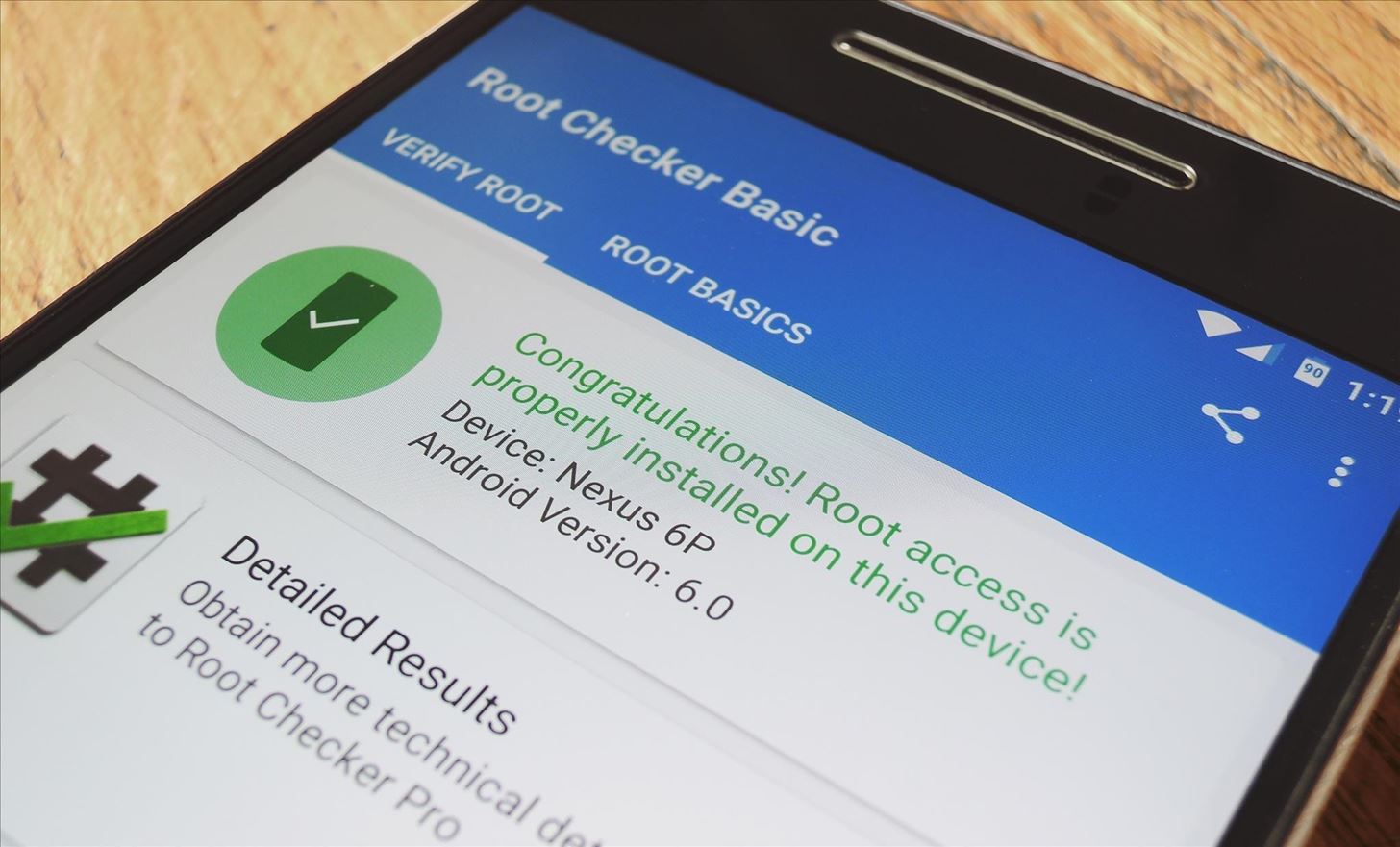Our Always-Updated Rooting Guide for Any Phone or Tablet
Our Always-Updated Rooting Guide for Any Phone or Tablet
Any time we find a new and better way to root, we'll be updating this post. Bookmark it now, and we'll be ready when you get your next new phone or tablet. Currently, this guide covers the following devices and methods.
What Is Root?
In the simplest terms, "root" is the topmost folder on your Android device. If you have experience using Windows Explorer, you can think of root as the C:\ drive, where all of your other folders like My Documents, Program Files and your Windows files are stored.However, unlike Windows, Android doesn't let you access these top-level folders and leaves you stuck behind a virtual wall about halfway up the file tree. This is done so that novice users don't accidentally compromise their device by deleting necessary files.
- Don't Miss: Android Basics: What is Root?
CF Auto Root: Multi-Device Rooting Tool
Due to the vast number of Android devices on the market and the differences between these devices, there isn't a rooting method that will universally work on all devices. However, there is a tool you can utilize for many of the most popular Android devices. CF Auto Root, created by developer Chainfire, works on hundreds of devices on their latest firmware. You will need to use a computer with CF Auto Root, so make sure you have access to one before you begin.Also, you'll need access to a Windows PC in order to use CF Auto Root with a Samsung device, but for any other Android device you'll be able to use either a Windows, Mac, or Linux computer.
For the full tutorial, head over to our guide on how to root with CF Auto Root.





No comments